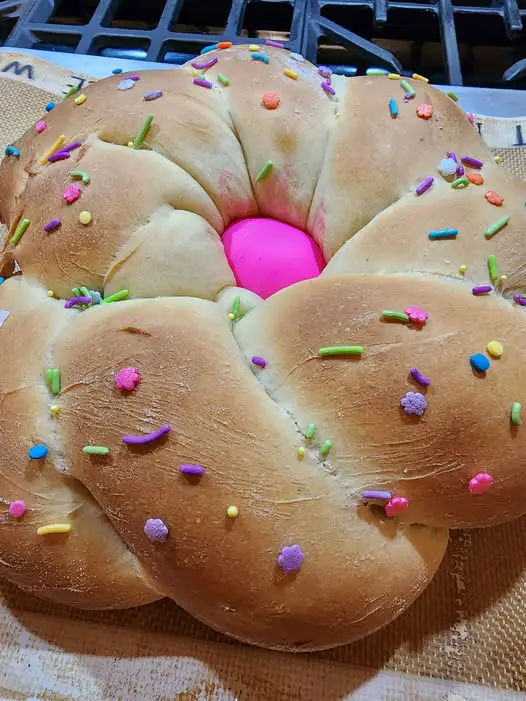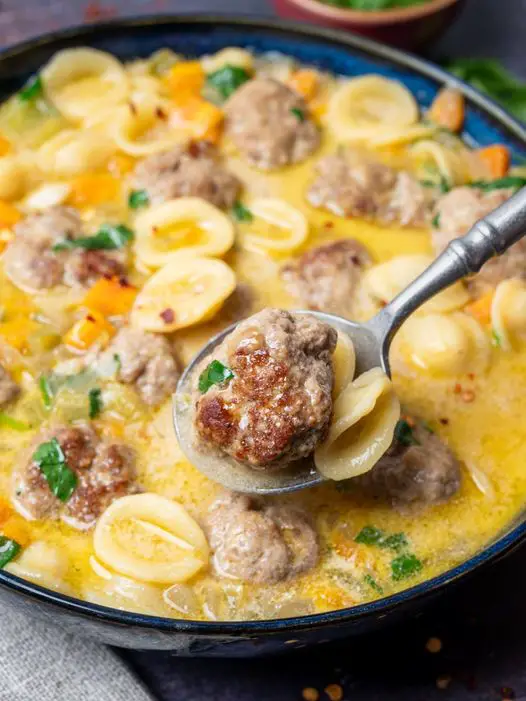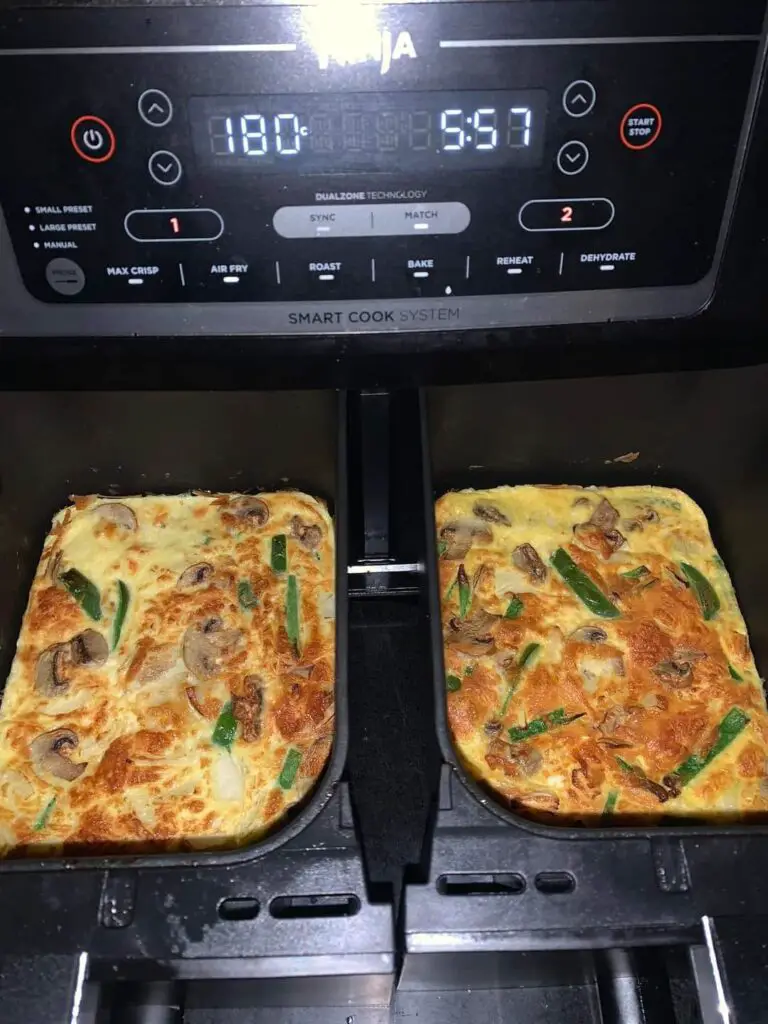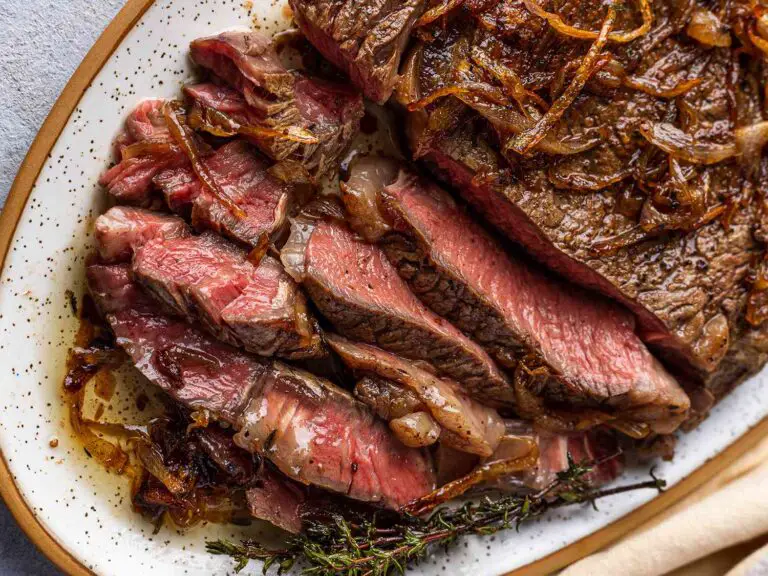italian sourdough Easter bread
Preparation Time: 1 hour
Proofing Time: 3 hours (minimum)
Baking Time: 40-45 minutes
Total Time: Approximately 4.5 hours
Servings: 10-12 slices
Difficulty: Medium to High
Introduction
Italian Sourdough Easter Bread (Pane di Pasqua con Lievito Madre) is a traditional Italian bread that combines the beloved tanginess of sourdough with the rich, slightly sweet flavors of an Easter loaf. This bread is a symbol of rebirth and renewal, perfect for celebrating Easter with family and friends.
Using Lievito Madre, Italy’s natural sourdough starter, gives the bread a unique depth of flavor that can’t be achieved with commercial yeast. The dough is enriched with butter, sugar, and citrus zest, and it is often braided into beautiful, intricate shapes or formed into a round loaf. This bread is not only delicious but also visually stunning, often decorated with colored sprinkles or a dyed Easter egg in the center, signifying new life.
Making Pane di Pasqua con Lievito Madre requires patience and time, but the reward is a soft, fluffy, and aromatic bread that captures the essence of Italian Easter traditions.
Ingredients
For the Starter (Lievito Madre):
- 100g all-purpose flour
- 100g water
- 30g Lievito Madre (sourdough starter)
(Note: If you don’t have a Lievito Madre starter, you can use a regular sourdough starter. The recipe requires a mature starter, about 5-7 days old.)
For the Bread Dough:
- 500g all-purpose flour
- 200g sugar
- 1 tablespoon salt
- 200g unsalted butter, softened
- 3 large eggs
- 100ml milk, lukewarm
- 1 tablespoon orange zest
- 1 tablespoon lemon zest
- 1 tablespoon vanilla extract
- 1 tablespoon honey
- 1 tablespoon active dry yeast
- 200g Lievito Madre (fed and ready for use)
- 1 egg (for egg wash)
- Colorful sprinkles (optional, for decoration)
- 1-2 dyed Easter eggs (optional, for traditional decoration)
Instructions
Step 1: Prepare the Starter (Lievito Madre)
-
Feed the Lievito Madre: A day before you plan to make the bread, you will need to feed your Lievito Madre starter. Take 30g of your mature starter and combine it with 100g of water and 100g of all-purpose flour. Stir well, cover, and let it sit in a warm place for about 6-8 hours until bubbly and active.
-
If Using Regular Sourdough Starter: If you don’t have Lievito Madre, you can substitute it with 200g of mature sourdough starter. Make sure it’s well-fed before using it.
Step 2: Mix the Dough
-
In a large mixing bowl, combine the flour, sugar, and salt. Create a well in the center of the flour mixture.
-
In the well, add the eggs, milk, honey, orange zest, lemon zest, vanilla extract, and the 200g of Lievito Madre.
-
Using a wooden spoon or your hands, mix everything together until a dough begins to form. Gradually incorporate the flour into the wet ingredients.
-
Once the dough starts coming together, knead it on a lightly floured surface for 8-10 minutes or until it becomes smooth and elastic. If you’re using a stand mixer, knead on medium speed with a dough hook for about 5-7 minutes.
-
As you knead, gradually add the softened butter, a tablespoon at a time, until fully incorporated into the dough. This will make the dough soft and rich. Continue kneading until the dough is smooth and slightly sticky, but it should still hold together.
Step 3: First Proof
-
Once the dough is ready, shape it into a ball and place it in a large, lightly oiled bowl. Cover the bowl with a clean kitchen towel or plastic wrap.
-
Allow the dough to rise at room temperature for 2 to 2.5 hours, or until it has doubled in size. If your kitchen is cooler, you can let the dough rise in an oven that has been preheated to 100°F (38°C) for a few minutes, then turned off.
Step 4: Shape the Bread
-
After the dough has risen, gently punch it down to release any air bubbles. Turn it out onto a lightly floured surface.
-
Divide the dough into two portions. Roll each portion into a long rope, approximately 18 inches (45 cm) long.
-
Braid the two ropes together to form a traditional braided loaf or twist them into a round wreath shape for a more classic Easter look. You can also shape the dough into a large round loaf if you prefer.
-
For a traditional touch, you can place 1-2 dyed Easter eggs in the center of the bread, pressing them gently into the dough.
Step 5: Second Proof
- Place the shaped bread onto a parchment-lined baking sheet. Cover it with a clean towel or plastic wrap and let it rise for another 45 minutes to 1 hour, or until it has puffed up and is soft to the touch.
Step 6: Preheat the Oven
- While the bread is proofing, preheat your oven to 350°F (175°C).
Step 7: Egg Wash and Decoration
-
Once the dough has risen, beat the remaining egg with a tablespoon of water to make an egg wash. Gently brush the top of the bread with the egg wash to give it a golden, glossy finish.
-
If you like, you can sprinkle the top with colorful sprinkles for a festive touch, especially for Easter.
Step 8: Bake the Bread
-
Place the bread in the preheated oven and bake for 40-45 minutes, or until the bread is golden brown on top and sounds hollow when tapped on the bottom. If the top starts to brown too quickly, you can cover it loosely with aluminum foil for the last 10-15 minutes of baking.
-
Once baked, remove the bread from the oven and allow it to cool on a wire rack.
Step 9: Serve and Enjoy
-
Slice the bread once it has cooled. This Italian Sourdough Easter Bread has a slightly tangy flavor from the Lievito Madre and is rich and slightly sweet from the citrus zest and butter.
-
Serve it with your Easter brunch or dinner, or enjoy it as a snack with a cup of coffee or tea.
Variations and Customizations
- Add-ins: You can add raisins, chocolate chips, or candied fruit to the dough for added texture and flavor.
- Fruity Zest: If you prefer a different citrus flavor, you can swap the orange and lemon zest for grapefruit zest or even lime zest for a more vibrant taste.
- Different Shapes: Instead of braiding, you can shape the dough into smaller individual loaves or rolls, perfect for giving as gifts or for individual servings.
- Frosting: For a sweeter touch, you can drizzle a simple glaze made of powdered sugar and milk over the top of the bread after it has cooled.
Tips for the Perfect Italian Sourdough Easter Bread
- Lievito Madre Care: If you’re using Lievito Madre, make sure it’s active and well-fed before starting the recipe. You’ll need a healthy starter to ensure the bread rises properly.
- Proofing Time: Sourdough-based breads like this one require ample proofing time, so be patient and allow the dough to rise completely to achieve the soft and fluffy texture.
- Kneading: Proper kneading is key to developing the structure of the dough. Don’t rush this step, as it helps create the airy and soft crumb you’re aiming for.
- Baking Tips: Every oven is different, so check the bread towards the end of baking to make sure it doesn’t over-brown. If it does, cover with foil and continue baking until done.
Nutrition Information (Per Slice, assuming 12 slices)
Here’s an estimated breakdown of nutrition for one slice of Italian Sourdough Easter Bread:
- Calories: 250-300 kcal
- Protein: 6 g
- Carbohydrates: 30 g
- Fat: 12 g
- Saturated Fat: 6 g
- Cholesterol: 55 mg
- Sodium: 120 mg
- Fiber: 2 g
- Sugar: 10 g
- Vitamin A: 10% DV
- Vitamin C: 1% DV
- Calcium: 4% DV
- Iron: 7% DV
These values will vary depending on specific ingredients used and portion size.
Final Thoughts
Italian Sourdough Easter Bread (Pane di Pasqua con Lievito Madre) is a special treat that showcases the beauty of Italian baking traditions. With its slightly tangy flavor from the Lievito Madre and its rich, buttery crumb, this bread is a perfect centerpiece for any Easter celebration. Whether served as part of a festive meal or enjoyed on its own, this traditional bread will add a touch of Italian flair to your holiday table. Enjoy the process of making it and, most importantly, the delicious results! Buona Pasqua!






